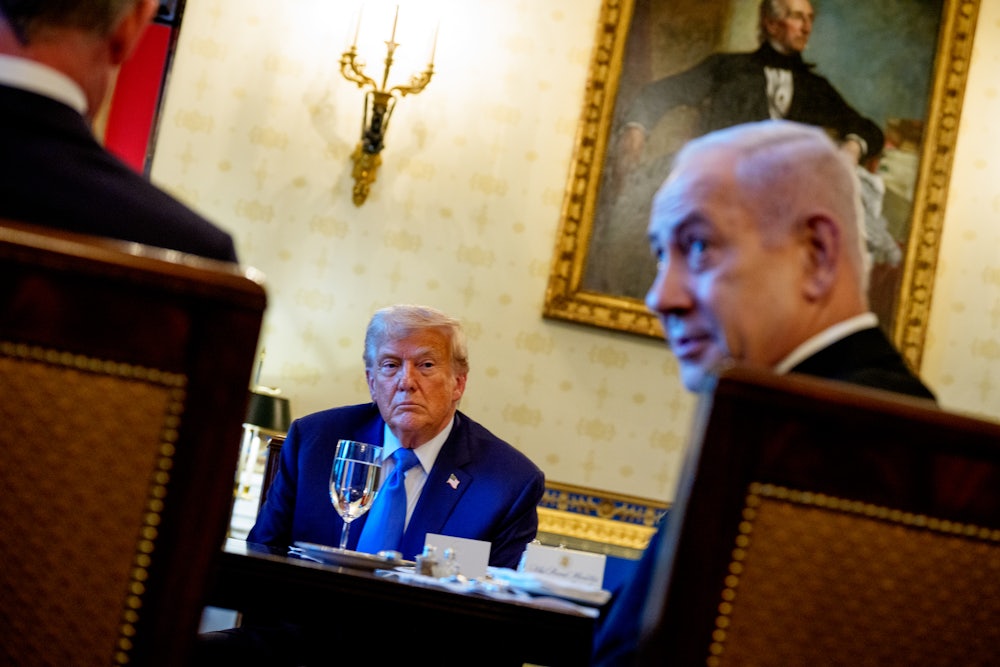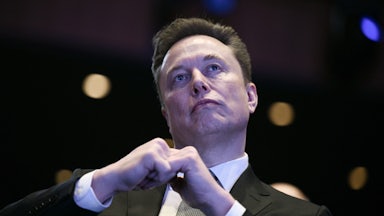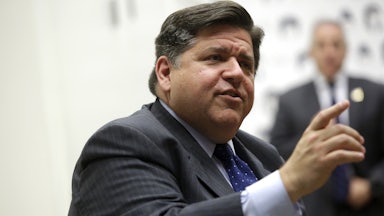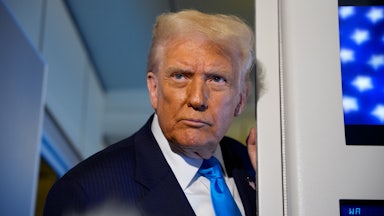“For years, Netanyahu manipulated American Presidents. He tricked Bill Clinton; he swindled Obama; he took Biden for a ride. Now he is trying to con you on Gaza, President Trump.”
This is not the opening paragraph of this article, although it very well could be. Rather, this is the text of an ad that aired for five consecutive days on Fox & Friends, Fox News’s morning show, in Washington, D.C. The “demographic cohort” it was apparently targeting consisted of one lone viewer: the occupant of 1600 Pennsylvania Avenue, Donald Trump. Ultimately it seemed to have the desired effect. Trump, who had checked out of the Middle East over the summer, was all of the sudden reengaged, experiencing an increasingly vitriolic MAGA distaste for Netanyahu and Israel and arguably not disagreeing with the gist of it.
Within two weeks, a disillusioned, agitated and livid-with-Netanyahu’s antics Trump adopted a general framework and plan: a somewhat vague outline of how to end the war and an intricate yet nebulous roadmap of “Postwar Gaza.” He forced Benjamin Netanyahu into endorsing it publicly, realizing that a Netanyahu pledge and commitment made in a closed room has the lifespan and credibility of a mayfly.
Yet the plan begins with a clear and attainable goal, not with the intractable down-the-road obstacles: a ceasefire, even if temporary, and a hostage release. This is what dejected and traumatized Israelis want (except for one Benjamin Netanyahu); this is what desolate Palestinians are desperate for; this is what Saudi Arabia, Qatar, and the United Arab Emirates, Trumpworld’s business buddies, had implored him to do, and this is exactly what Trump announced ceremoniously on both Wednesday and Thursday.
The ad was aired a week after Israel’s reckless attack on Doha, without U.S. coordination or sufficient advance notice, in a bold attempt to kill three Hamas leaders directly involved in negotiations in the middle of the capital city of the chief mediator, Qatar. This was not only Netanyahu’s hubris at work, attacking a U.S. ally, but an audacious overreach that tested Trump’s notoriously flat learning curve (see Vladimir Putin). During the White House meeting where he presented his plan, and to make Netanyahu realize just how serious he was, Trump resorted to old-fashioned humiliation: He made him apologize to the Prime Minister of Qatar in a call on a phone the president was by sheer coincidence holding on his lap, with Mohammad Al Thani on the other side.
It also came three months after the United States collaborated with Israel in June and sent B-2 bombers armed with GBU 57 massive ordnance to bomb Iran’s nuclear sites. In exchange for the Americans’ assistance on that matter, Trump expected the war in Gaza, which he believed was unnecessarily protracted, without a coherent postwar political vision, to end. It didn’t.
With mediation in Ukraine-Russia at an impasse and Putin openly playing him, with his erratic and bullying tariffs policy unpopular in the world and at home, with the comical hyperboles of annexing Canada and purchasing Greenland being mocked everywhere outside the White House and the Magaverse, and with his domestic agenda increasingly meeting legal challenges and now political resistance, Trump had one place where success could be almost guaranteed: ending the war in Gaza.
How do you do that? First you decide that you’ve had enough and act on it. His predecessors vented their frustrations in expletive-filled “closed meetings,” using colorful variations of f**k and s**t, but they never converted language into policy. Then you proceed to do what neither Bill Clinton nor Barack Obama nor, most recently, Joe Biden ever dared do: Apply real pressure on Netanyahu and remind him that in an asymmetrical alliance, the lesser partner is expected to be attentive to the bigger power’s interests and not defy it constantly. You call his bluff, recognizing that his presumed Washington magic and dexterity are self-aggrandizing myths, those of a paper tiger.
Netanyahu outmaneuvered himself into a corner where he had only Trump (and maybe Senator Lindsey Graham) as an ally in the 202 area code. Odd that it was Trump that finally figured that out. Their perennial hesitancy, tendency to overthink political ramifications, sheer ineptness and often inhospitable geopolitical circumstances caused American presidents to defer to Israel even when they believed that U.S. and Israeli regional interests were not aligned.
But the praise that Trump warrants for the ambitious attempt—not yet the reality—of ending the Gaza war may dissipate once “phase one” of the plan, the hostage release and prisoner exchange, is completed. Then comes the hard part, and it is doubtful whether Trump will maintain the same level of personal engagement and political commitment. He loves the attention, the limelight, and the gratitude, but there will be little of that left in the next phases.
There are two ways and perspectives to look at what we are now forced to call the “Trump Plan.” The first is to determine that whatever its flaws, ambiguities, amenability to contrasting interpretations and difficult implementation chances are, this is the only plan that is currently on the table. If Trump had any respect for multilateralism, international institutions, and the international order, he would submit the plan to the U.N. Security Council and ask that it be regarded as a binding resolution. Like it or not, it is the only game in town, endorsed by the entire world and especially by the Arab Gulf states.
The second is to dissect it, deconstruct its 20 points and inevitably conclude that it is not viable. The second approach has defined Mideast diplomacy for over a hundred years. “It’ll never work” is the one line that all Israelis and all Palestinians can always agree on, blaming the entire world—and particularly the United States—for their own shortcomings and failures.
So let’s briefly look at the prospects and viability of the first perspective: adopting the plan, in spite of its deficiencies.
First there are the very practical issues: Israel needs to withdraw, Hamas is obliged to disarm. Will either of those actually happen? No. In that event, does the ceasefire hold? Not likely.
Assuming all this does happen, the plan calls for the establishment of an interim Arab force, an “International Stabilization Force.” Does it include the Palestinian Authority? “Only if it reforms,” Israel disingenuously says, knowing full well that won’t happen to Israel’s full satisfaction. So what then?
The redeeming quality of the plan is that it correctly assumes that there is no current Palestinian political entity that can govern. But it equally assumes that Israel cannot stay in Gaza or the West Bank. This means a “trusteeship” of sorts. A build-operate-transfer process that would lead eventually to a Palestinian state. But Netanyahu and his messianic theo-nationalist coalition oppose that. So essentially, the “Trump Plan” only has viability under a different Israeli government. That requires an election, and during an election, nothing happens on the ground.
So what then are the chances of the Trump plan to actually be implemented in its entirety? Very slim. Yes, everyone is entitled to the optimism of a ceasefire and hostage release, but the rest is ominously murky.










